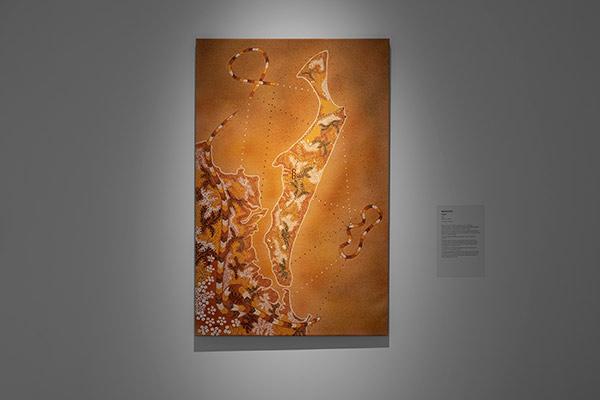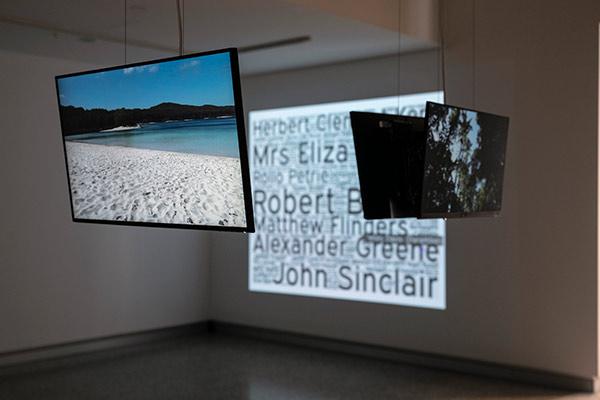Hidden stories are uncovered in mini-documentary series 'Reading Between The Lines: Uncovering Butchulla History In The K'Gari Research Archive’.
As part of Horizon Festival's programming on the Sunshine Coast, 'Reading Between The Lines' brings to light the history of the Butchulla people (the traditional custodians of K'gari, or, Fraser Island) and their country – it's an important perspective of people and place.
Curator Rose Barrowcliffe helps to reveal that which had previous been concealed – historically, institutions valued written records which upheld the settler-nation narrative, resulting in a disproportionate representation of non-Indigenous perspectives in archives.
'Reading Between The Lines' aims to shift this through interviews and storytelling.
Here, we chat to Curator Rose Barrowcliffe about the presentation, currently showing at USC Art Gallery.
Tell us a bit about what people can expect to see throughout 'Reading Between The Lines'.
'Reading Between The Lines' is a mini-documentary series that invites visitors to walk on Butchulla Country and hear the perspectives of Butchulla community members about the K'gari Research Archive and archives in general. Interspersed throughout the documentary series are some personal stories that share the experiences of Butchulla people and their connection to Country.
Where do you begin when curating something such as this?
The mini-documentaries all came together after I conducted interviews with Butchulla community members who also are members of my extended family. The interviews were really more like a conversation and meandered between theoretical discussions about archives and record-keeping to specific stories about our family and ancestors. I have to admit, I was not sure how the contents of the interviews would coalesce into the mini-documentary series until they did. But the more I listened to the interview recordings the more certain themes and stories jumped out at me.
Image © Carl Warner
As a curator, what has been your main focus and priority for this presentation?
My main focus was putting forward the perspectives and stories of my interviewees in a way that was honourable and accurate. I was very aware that they have trusted me with their stories and I wanted to make sure I respected that throughout the curation process.
What has been the biggest reward about being curator for it?
The biggest reward has been being trusted to receive, collate and exhibit these stories. It was a joy to spend time talking with my family members who participated and I feel like the process of putting together this exhibition has been a gift that enabled me to get to know some family members better. In some cases, it is the first time I had heard different family member's voices side by side with each other.
How about the biggest challenge?
Making sure I got it right. I wanted to be sure that the final product was true to each person's original intent, but also bring those different stories and perspectives together into a cohesive narrative.
Image © Carl Warner
What significance does the subject matter of this exhibition have to you?
It's significant on a personal level, because this exhibition involved the stories of my family and my community. But it is also significant on a much bigger scale. Around the world, archives and record-keeping have played a large part in the colonial narratives about Indigenous people. This exhibition is a small case study but it is indicative of the parts of misrepresentation and silencing that have been repeated the world over.
Why do you think the materials in the exhibition are important for people to see?
These days, most people seem to think of archives as being dusty rooms full of boxes of paper that seldom relate to their day to day lives. This exhibition shows the very real impact that archives can have on the ability to see and hear different perspectives. The issue of representation and bias in representation is something we are all keenly aware of in this era of "fake news". The exhibition demonstrates that there have always been many different versions at play. I hope that the exhibition will prompt visitors to reflect on whose perspectives they know as history, but also whose perspectives are missing from the historical narratives that they know.
‘Reading Between The Lines: Uncovering Butchulla History In The K'Gari Research Archive’ is on now at USC Art Gallery until 30 October.








